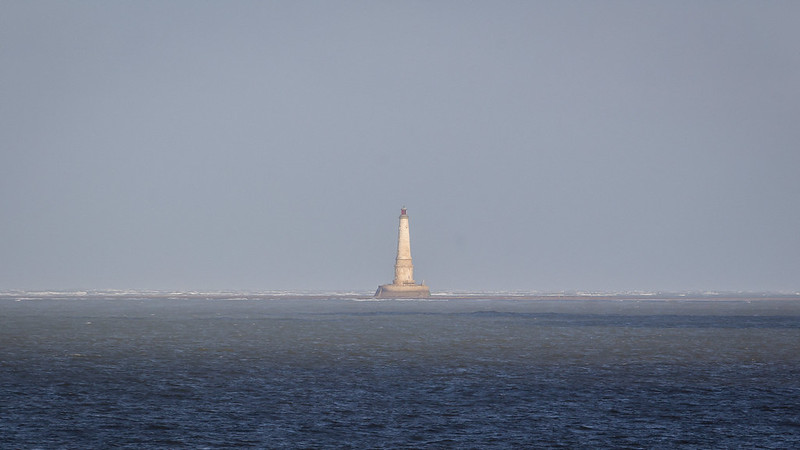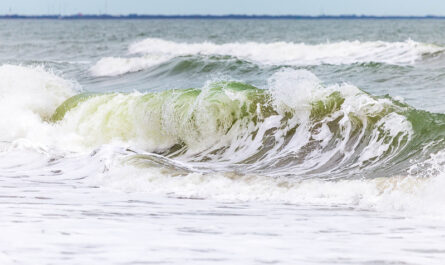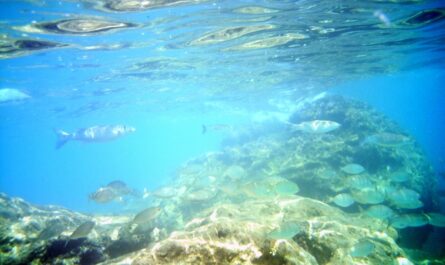The Atlantic Ocean, with its vast expanse and complex system of currents, plays a critical role in regulating Earth’s climate. These currents, often referred to as the ocean’s “conveyor belts,” are responsible for transporting heat, nutrients, and gases across the globe, influencing weather patterns, ecosystems, and even the livelihoods of millions of people. Understanding the intricate dynamics of Atlantic Ocean currents is crucial for comprehending how global climate systems function and how they are being impacted by climate change.
This comprehensive article delves into the science behind Atlantic Ocean currents, their impact on global climate, the challenges they face, and the efforts being made to preserve this vital system.
The Science Behind Ocean Currents
1. What Are Ocean Currents?
Ocean currents are continuous movements of seawater generated by various forces, including:
- Wind Patterns: Surface currents are primarily driven by wind, such as the trade winds and westerlies.
- Earth’s Rotation: The Coriolis effect influences the direction of currents, causing them to curve rather than move in straight lines.
- Thermohaline Circulation: Deep ocean currents are driven by differences in temperature and salinity, collectively known as thermohaline circulation.
2. The Structure of Atlantic Currents
The Atlantic Ocean hosts a variety of currents that operate at different depths:
- Surface Currents: These include the Gulf Stream, the North Atlantic Drift, and the Canary Current.
- Deep Currents: The Atlantic Meridional Overturning Circulation (AMOC) is a key component of global thermohaline circulation.
Major Atlantic Ocean Currents
1. The Gulf Stream
- Description: Originating in the Gulf of Mexico, the Gulf Stream is a powerful surface current that flows along the eastern coast of the United States before moving across the Atlantic.
- Role in Climate: The Gulf Stream transports warm water from the tropics to the North Atlantic, moderating the climate of western Europe and influencing weather patterns in North America.
2. The North Atlantic Drift
- Description: A continuation of the Gulf Stream, this current flows northeastward toward Europe.
- Role in Climate: It brings warm waters to northern Europe, making regions like the United Kingdom and Scandinavia significantly warmer than other areas at similar latitudes.
3. The Canary Current
- Description: A cold-water current flowing south along the western coast of Africa.
- Role in Climate: It cools coastal regions and supports nutrient-rich waters that sustain marine ecosystems and fisheries.
4. The South Equatorial Current
- Description: A warm current flowing westward along the equator.
- Role in Climate: It influences tropical weather systems and the distribution of heat in equatorial regions.
5. The Atlantic Meridional Overturning Circulation (AMOC)
- Description: A deep-sea current that transports cold, dense water from the poles to the equator and warm water back to the poles.
- Role in Climate: AMOC plays a vital role in regulating global heat distribution and carbon cycling.
The Role of Atlantic Currents in Global Climate Systems
1. Heat Transport
Atlantic currents redistribute heat from the equator to the poles, moderating global temperatures and creating distinct climatic zones. For example:
- Europe: The Gulf Stream and North Atlantic Drift keep Europe warmer than it would otherwise be, given its latitude.
- Polar Regions: Heat transported to the Arctic impacts ice melt and global sea levels.
2. Weather Patterns
- Hurricanes: Warm Atlantic waters fuel hurricanes, influencing their intensity and frequency.
- Monsoons: Currents affect the distribution of heat and moisture, impacting monsoon systems in Africa and South America.
3. Carbon Storage
Atlantic currents facilitate the uptake and storage of carbon dioxide in deep ocean layers, helping mitigate the effects of climate change.
4. Nutrient Cycling
Cold, nutrient-rich waters brought to the surface by upwelling currents sustain marine ecosystems and global fisheries.
Threats to Atlantic Ocean Currents
1. Climate Change
- Warming Waters: Increased global temperatures are altering the temperature gradients that drive thermohaline circulation.
- Ice Melt: Melting ice sheets in Greenland are introducing large volumes of freshwater into the North Atlantic, disrupting salinity levels and weakening AMOC.
2. Ocean Acidification
Higher CO₂ levels are changing the chemistry of ocean water, impacting the organisms that depend on currents for nutrient distribution.
3. Overfishing and Pollution
- Ecosystem Disruption: The loss of marine species and habitats affects the biological processes linked to current systems.
- Plastic Pollution: Debris accumulates in gyres, disrupting the natural flow of currents.
Impacts of Weakened Currents
1. Extreme Weather
Weakened currents can lead to more frequent and severe weather events, such as hurricanes, droughts, and heatwaves.
2. Rising Sea Levels
Disruptions in AMOC can lead to uneven sea-level rise, particularly along the eastern seaboard of the United States.
3. Ecosystem Collapse
Changes in current patterns affect nutrient availability, disrupting marine food webs and fisheries.
4. Global Climate Feedback Loops
Weakened currents exacerbate global warming by reducing the ocean’s capacity to absorb heat and carbon dioxide.
Monitoring and Preserving Atlantic Currents
1. Scientific Research
- Argo Floats: Autonomous devices measure temperature, salinity, and currents across the Atlantic.
- Satellites: Provide real-time data on sea surface temperatures, wind patterns, and current movements.
- Ocean Observatories: Fixed stations monitor changes in the deep ocean.
2. International Collaboration
Organizations like UNESCO’s Intergovernmental Oceanographic Commission (IOC) promote global efforts to study and protect ocean currents.
3. Climate Mitigation
- Reducing Emissions: Transitioning to renewable energy and reducing greenhouse gas emissions are critical for stabilizing global temperatures and preserving current systems.
- Restoring Ecosystems: Protecting mangroves, seagrass beds, and coral reefs enhances the ocean’s resilience to climate change.
Innovative Solutions and Future Directions
1. Geoengineering
Proposed solutions include artificial upwelling systems to restore nutrient cycles and mitigate current disruptions.
2. Marine Protected Areas (MPAs)
Establishing MPAs in key current regions helps preserve biodiversity and support ecological functions.
3. Sustainable Practices
- Fisheries Management: Implementing sustainable fishing practices prevents overexploitation of species critical to nutrient cycling.
- Pollution Control: Reducing plastic waste and chemical runoff safeguards ocean health.
Conclusion
The Atlantic Ocean’s currents are the lifeblood of global climate systems, influencing everything from weather patterns to biodiversity and carbon storage. However, these critical systems are under threat from human-induced climate change and environmental degradation. Protecting and understanding the intricate dynamics of Atlantic currents is essential for the health of our planet.
Through a combination of scientific research, international cooperation, and sustainable practices, we can preserve these vital oceanic processes and ensure that the Atlantic continues to play its crucial role in regulating Earth’s climate for generations to come.



